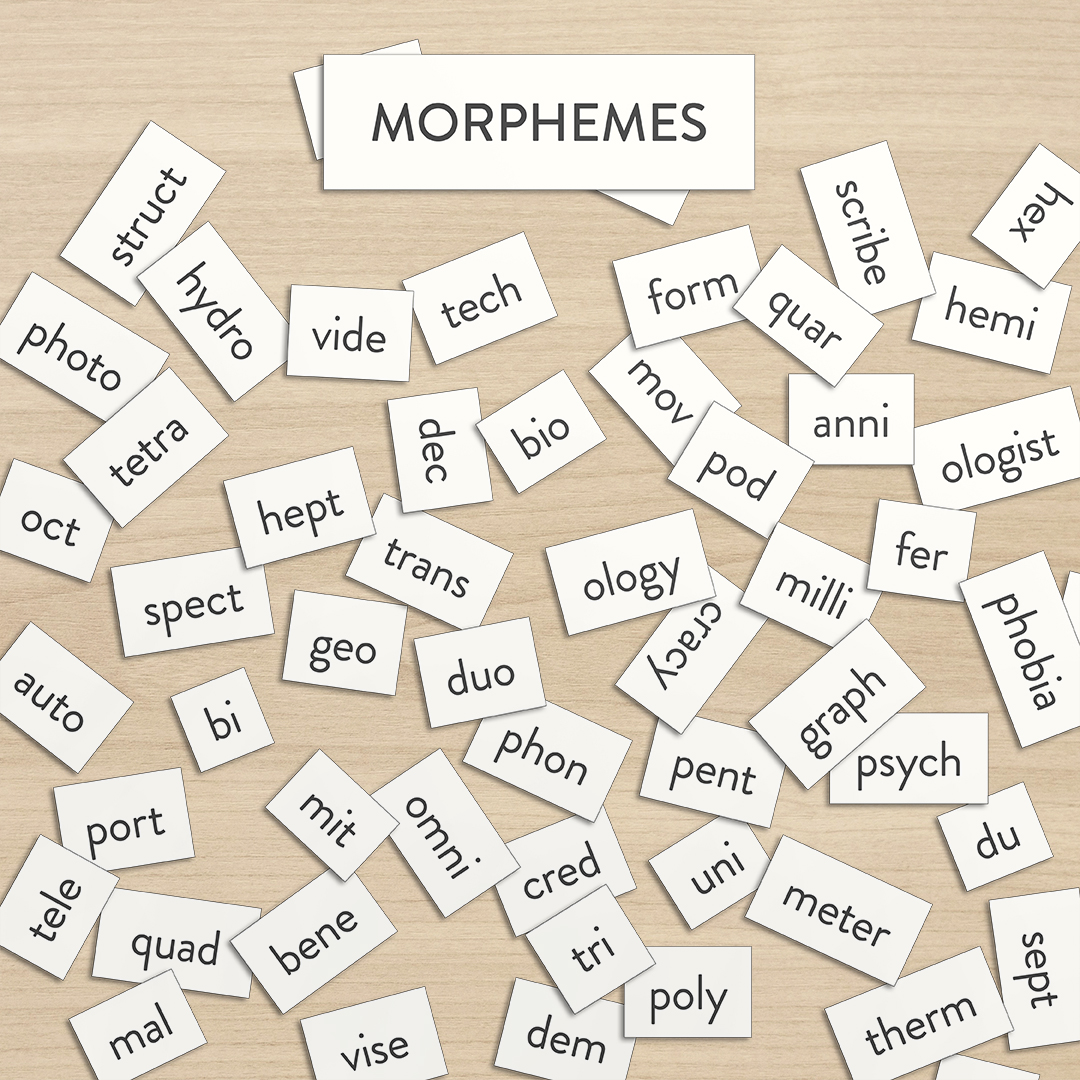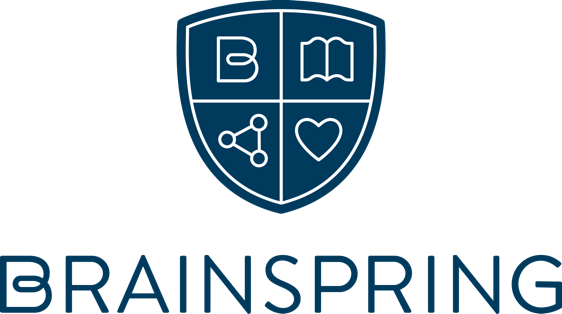What are Morphemes & Fun Facts
Posted by Brainspring on 13th Jun 2024
An essential part of Structures® is the instruction of Greek and Latin roots we call morphemes. The knowledge of morphemes leads to the meanings of thousands of words in the English language. It will boost standardized test scores as these assessments utilize higher-level language and comprehension. Here are some morpheme facts you may want to share with your students. 
What is a Morpheme?
A morpheme is the smallest unit of language carrying meaning. It is a fundamental concept in linguistics. Morphemes serve as the building blocks of words, carrying meaning independently (scope) or in combination with other morphemes (telescope).
The term morpheme is an umbrella term. A root is a morpheme that carries the bulk of the meaning. A prefix is a letter or group of letters added to the beginning of a word or root to change its meaning. A suffix is a letter or group of letters added to the end of a word or root to change its meaning. In the word inspector, in- is a prefix that means in or not, spect is a root meaning look or see, and -or is a suffix that refers to a person or agent. Thus, an inspector can be roughly translated as a person who looks into something (i.e., a house inspector).
In Structures®, we learn two basic morphemes: free and bound. Free morphemes contain meaning and can stand alone (spell, spelling, misspelled). Bound morphemes also contain meaning but need another part to work (ing; spelling).
There are three other types of morphemes we recognize as affixes:
1. Derivational morphemes: morphemes that create a new word when added to another morpheme. The adjective kind changes to the noun kindness when the suffix -ness is added.
2. Inflectional morphemes: morphemes that are added to change the word’s number or tense. Adding the suffix –es to benches means more than one bench.
3. Allomorphs: a morpheme that appears in different types. Examples are the three sounds of –ed or the plural –s suffix saying /s/ (when added to a base word ending in an unvoiced sound, lips) or /z/ (when the base word ends in a voiced sound, bags).
Fun Facts About Morphemes
Here are some morpheme facts you may want to share with your students.
- One root leads to hundreds of meanings. Knowing the morpheme, manu helps to understand words you may encounter in your text. If you had no idea about the meaning of manual, but you knew the morpheme, manu, means hand; you can surmise the words manual labor means work with your hands or that manipulatives mean objects to be used with your hands.
- Greek and Latin roots are universal and appear in other languages. The roots tele and bio appear in German words (telefon, biologie) and have the same meaning. The same goes for hydro and aqua, that both mean “water”.
- Here are some interesting word origins:
- Thursday means “day of thunder” and is named for Thor, the Germanic god of thunder. The German word for Thursday is Donnerstag which literally means “thunder day.”
- A Nightmare obviously happens at night but has nothing to do with female horses. A mare was thought to be a female spirit that sits on you and suffocates you while you sleep. She induces bad thoughts by wrapping her hair around you in a “marelock.”The word sarcasm evolved from the ancient Greek word sarkazein, which means “to tear up flesh.” The verb became a metaphor for “speaking bitterly.” Sarcasm means “a cutting remark” and certainly fits its origin.
Importance of Learning Morphemes
Understanding morphemes is crucial to analyzing the structure and meaning of words in a language. Morphological analysis is essential in understanding how words are formed and modified. The importance of studying morphemes cannot be understated. Morpheme instruction will increase your students’ vocabulary and background knowledge while improving decoding and fluency.
Written by Ingrid Hartig
Ingrid is a Master Instructor with Brainspring’s Educator Academy
Brainspring has proudly supported the educational community for more than 25 years.
Our Educator Academy provides educators in grades K-12 with comprehensive MSL Professional Development courses. Learn more about our in-person and online professional development.
The Learning Centers support students through one-on-one, multisensory tutoring sessions. Learn more about our in-person (available in Southeast Michigan) and nationwide online tutoring.

